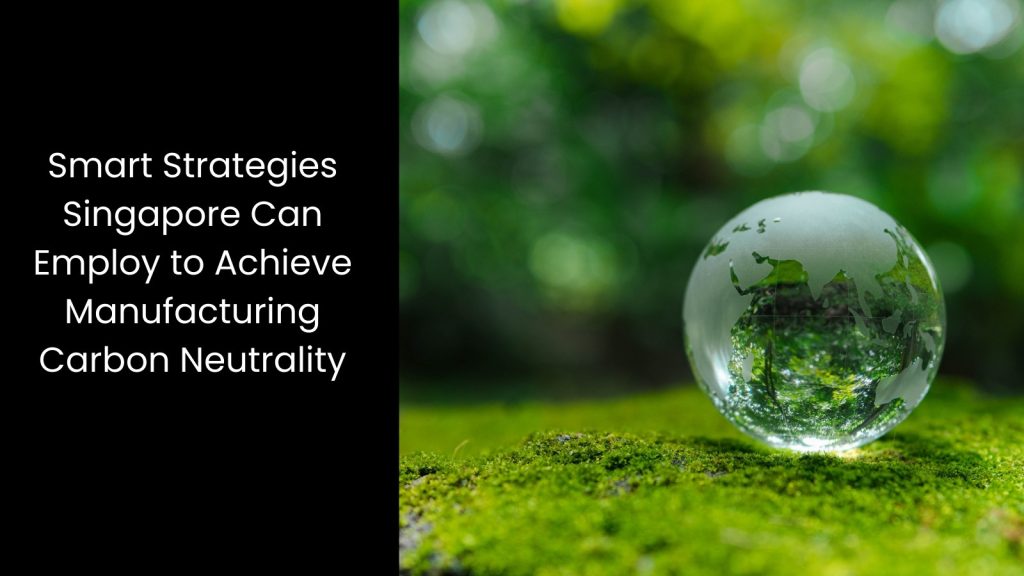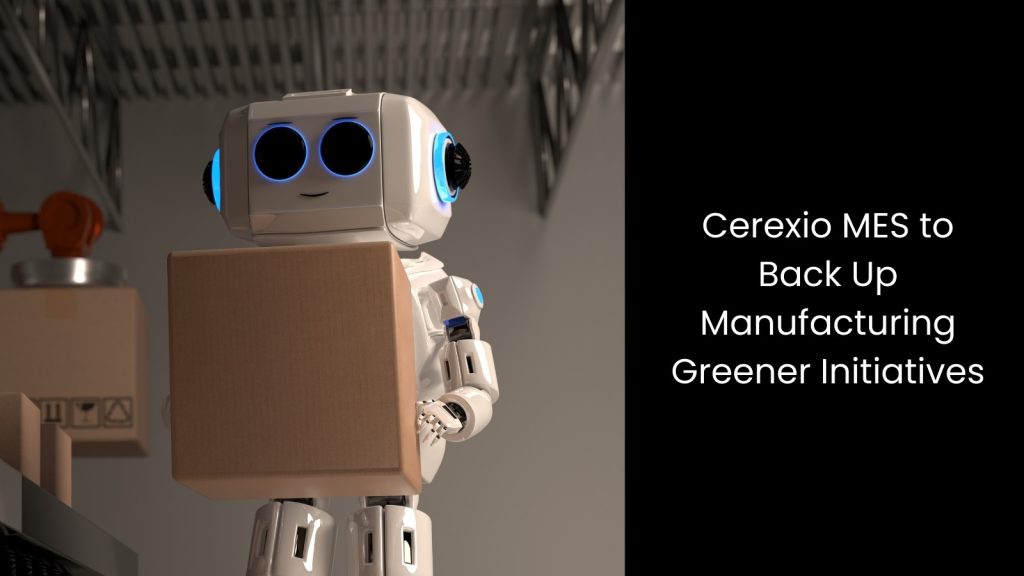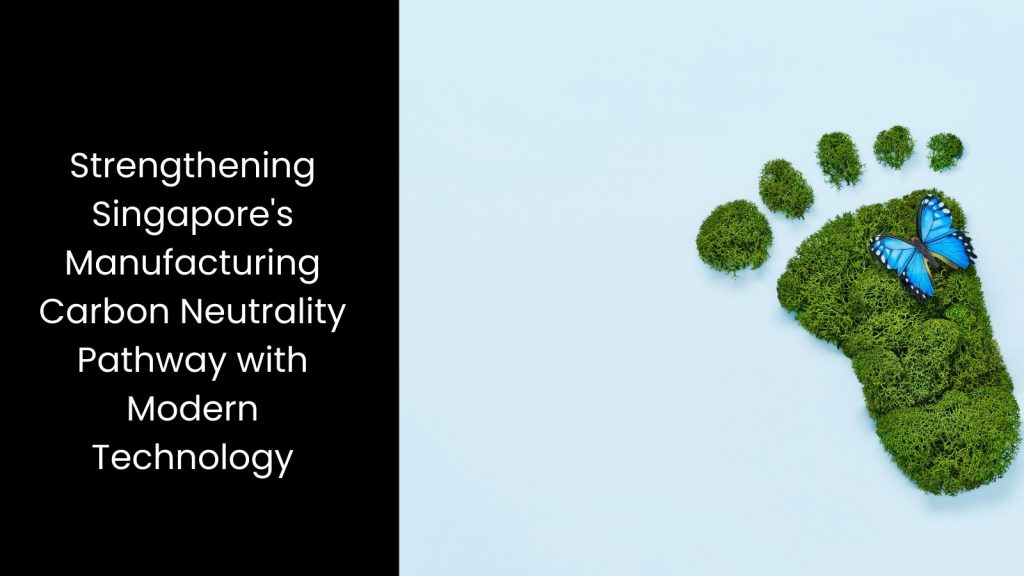This article will act as a guide that outlines the specific strategies and initiatives to reduce carbon emissions within this vital industry, aligning with Singapore’s economic objectives.
What is Carbon Neutral Manufacturing?

- This means making products in a way that does not increase the amount of carbon dioxide (CO2) in the atmosphere. How can this be done?
- It does not have a simple answer. In order to reach this goal, manufacturers first measure all the CO2 emissions that come from their production processes. This includes emissions from energy use, transportation, and raw materials. After measuring the emissions, companies work to reduce them as much as possible. They do this by using energy-efficient technologies, such as better machinery and lighting, and by switching to renewable energy sources like solar or wind power. As we stated, this will not be easy without a proper plan.
- When companies cut down on emissions, they also focus on adopting sustainable practices. This includes recycling materials, reducing waste, and improving their supply chains to make them more eco-friendly. However, some emissions might still remain despite these efforts.
- If they need to address this, manufacturers have to invest in carbon offset programs. These programmes involve actions like planting trees or supporting projects that reduce or capture CO2 elsewhere. If they can balance out their remaining emissions with these offset projects, then companies can achieve carbon neutrality beyond any doubt.
- This approach helps to ensure that their manufacturing activities do not add extra CO2 to the environment. Carbon-neutral manufacturing is important because it helps combat climate change and reduces the environmental impact of production. It shows a commitment to protecting the planet by taking responsibility for all emissions and finding ways to minimise or offset them.
Smart Strategies Singapore Can Employ to Achieve Manufacturing Carbon Neutrality

Promoting Renewable Energy
In an industrial setting, this means companies start by assessing their energy needs and the potential for renewable energy use. They can then install solar panels on factory roofs to collect sunlight and generate electricity.
This solar power can reduce reliance on fossil fuels and lower carbon emissions. In one way, manufacturers should also invest in energy storage solutions, such as batteries, to store excess solar energy. This stored energy can be used when the sunlight is not enough or during peak demand times.
What is more, wind and hydropower can also be integrated, depending on the location and resources available. Wind turbines can be set up on-site if the area has sufficient wind speeds, while hydropower can be used if the factory is near a water source.
This way, when they keep using these renewable energy sources, factories can cut down on their use of non-renewable energy and decrease their overall carbon footprint. Not to exclaim that this shift helps companies meet their carbon neutrality goals by ensuring that the energy powering their manufacturing processes comes from clean, sustainable sources.
Implementing Circular Economy Practices
Adopting circular economy principles shows the importance of designing products that are durable, reusable, and recyclable. This also means that companies should create products that last longer, reducing the need for frequent replacements. They should also design items so that they can be easily disassembled, reused, or recycled.
For example, using modular design allows parts to be replaced or repaired instead of discarding the entire product. Apart from that, companies in Singapore should develop systems for recycling and reusing materials within their manufacturing processes. This starts with setting up recycling stations to collect and process waste materials, such as scraps and used components, so they can be reused in new products.
As they create closed-loop systems, Singapore’s manufacturing domain can reduce the amount of raw materials they need and cut down on waste. These practices minimise the carbon footprint of manufacturing by lowering the energy and resources required for producing new products.
Adopting Advanced Technologies for Manufacturing
These technologies can indeed significantly enhance energy efficiency and reduce carbon emissions. Automation includes using machines and robots to perform repetitive tasks, which can lower energy consumption and improve precision in production. When it is possible to reduce human error and optimise processes, automation helps decrease waste and energy use.
Likewise, AI can analyse data to optimise manufacturing processes, predict maintenance needs, and improve energy management. For example, AI can adjust machinery settings in real time to ensure that it operates at peak efficiency, which reduces unnecessary energy use. The Internet of Things (IoT), on the other hand, connects various devices and systems to collect and share data.
Also, in manufacturing, IoT sensors can monitor equipment performance, track energy usage, and detect inefficiencies. There is no room for doubt that this data helps the Singapore manufacturing industry make informed decisions to improve their operations and cut down on carbon emissions.
Establishing Carbon Offsetting Programmes
Reforestation projects help by planting trees that absorb CO2 from the atmosphere, balancing out the emissions that manufacturing processes still produce. Singapore’s government can also support renewable energy projects, such as wind or solar farms, which generate clean energy and help reduce reliance on fossil fuels.
It is a huge benefit that carbon capture technologies capture CO2 emissions from industrial processes and store them underground or use them in other applications, preventing them from entering the atmosphere. When they keep one step forward and invest in these offset projects, companies can compensate for any unavoidable emissions they produce, even after reducing their carbon footprint through other strategies.
This approach helps meet overall carbon neutrality goals by ensuring that all remaining emissions are balanced out by equivalent reductions elsewhere. So, as you see, establishing and participating in carbon offsetting programmes will certainly show Singapore’s commitment to environmental responsibility and help drive progress towards a more sustainable future.
Cerexio MES to Back Up Manufacturing Greener Initiatives

Cerexio pioneered the Manufacturing Execution System (MES), which supports greener initiatives as it helps optimise production processes, reduces waste, and enhances energy efficiency for the manufacturing sector. Since our solution provides real-time data and insights, Cerexio MES helps your company identify and address inefficiencies, cut down on carbon emissions, and track progress towards carbon neutrality. We will ensure this leads to more sustainable operations and supports your carbon-neutral goals.
Strengthening Singapore's Manufacturing Carbon Neutrality Pathway with Modern Technology

The integration of modern technology into Singapore’s manufacturing sector should receive priority when accelerating the nation’s carbon neutrality goals. The best way to accomplish this is through modern technology. With the right strategies in hand, Singapore can optimise its manufacturing processes, reduce emissions, and solidify its position as a global leader in sustainable industrial development.
